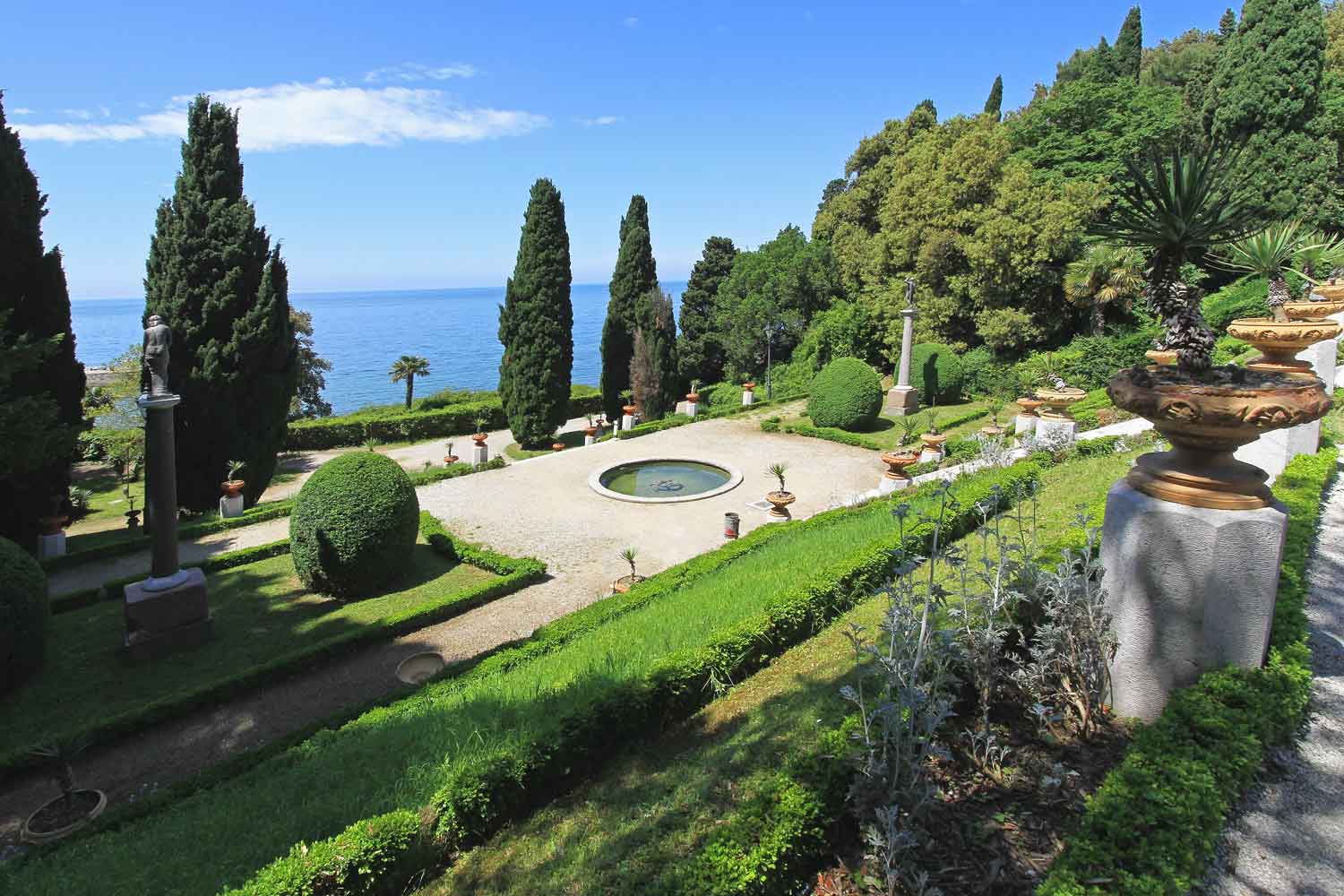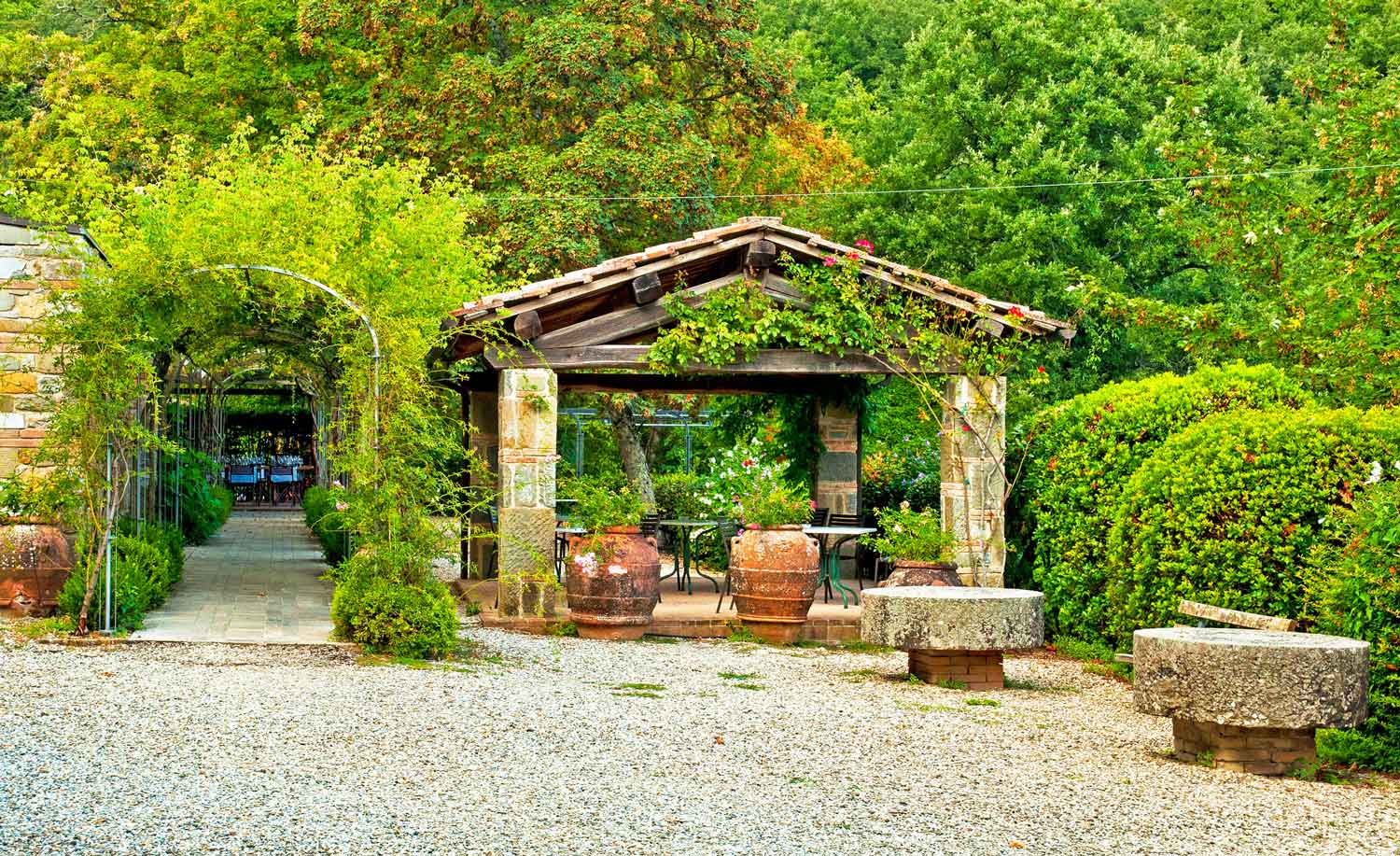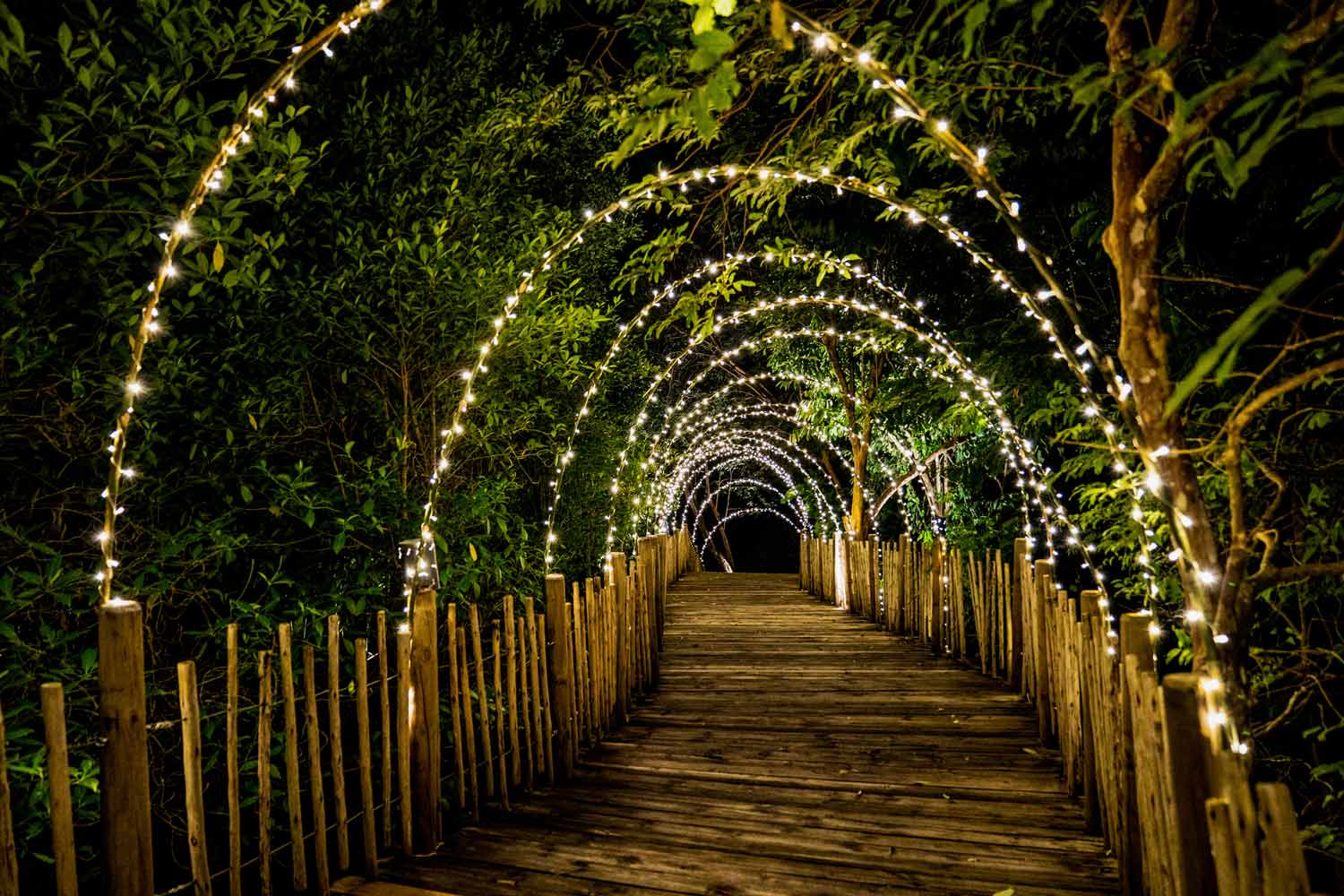Florida’s warm climate, diverse ecosystems, and abundant sunshine make it ideal for homeowners to create stunning outdoor spaces. With a bit of creativity and inspiration, you can transform your yard into a breathtaking oasis that showcases the natural beauty of the Sunshine State. In this article, we’ll explore some Florida landscape ideas to help you design the perfect outdoor retreat.
Embrace Native Plants
Incorporate native plants into your Florida landscape to create an authentic, eco-friendly design. Choosing native plants means they are well-suited to the local climate, require less maintenance, and support local wildlife.
Some popular native plants to consider for your Florida landscaping project include:
- Saw Palmetto (Serenoa repens): This hardy, slow-growing palm provides excellent ground cover. Its fan-shaped leaves and unique branching patterns make it an attractive addition to any garden.
- Blanket Flower (Gaillardia pulchella): Add a pop of color with this beautiful, drought-tolerant flowering plant. The blanket flower’s bright orange and yellow blooms attract pollinators and provide a beautiful contrast to Florida’s lush greenery.
- Coontie (Zamia pumila): This low-maintenance plant is the only native cycad in Florida. With its attractive, fern-like leaves and natural resistance to pests, coontie is an ideal addition to your Florida landscape.
Create a Tropical Paradise
One of the most appealing aspects of Florida landscaping is the opportunity to create a tropical paradise in your backyard. To achieve this look, consider incorporating some of these plant varieties to create an atmosphere reminiscent of a Caribbean island getaway.
- Banana (Musa spp.): With their large, vibrant leaves and distinctive shape, banana plants make a striking focal point in any garden. Be sure to choose a variety suited to your specific climate and soil conditions.
- Hibiscus (Hibiscus spp.): These stunning plants bloom throughout the year, adding a touch of the tropics to your landscape.
- Bird of Paradise (Strelitzia reginae): This exotic plant’s unique, crane-like flowers are sure to be a conversation starter. Bird of paradise plants require well-draining soil and partial to total sun exposure.
Add Water Features
Incorporate water features like ponds, fountains, or waterfalls into your landscape to add visual interest and create a tranquil atmosphere. Water features also provide essential habitats for local wildlife and can help regulate the temperature in your outdoor space.
Design Outdoor Living Spaces
Create inviting outdoor living spaces to maximize your enjoyment of Florida’s year-round sunshine. Add cozy seating areas, alfresco dining spots, and shaded retreats for relaxation and socializing.
Incorporate Hardscaping Elements
Hardscaping elements such as pathways, retaining walls, and patios can add texture and visual interest to your landscape. Instead, choose natural materials like flagstone, pavers, or crushed shells to complement your garden’s surroundings and define different areas.
Plan for Wildlife
Attract beneficial wildlife to your landscape by incorporating birdhouses, bat boxes, and butterfly gardens. These features provide essential habitats for local wildlife and add another layer of interest to your outdoor space.
Utilize Colorful Containers
Experiment with container gardens to add bursts of color and texture throughout your yard. Use various container sizes and materials, and fill them with a mix of colorful flowers, foliage, and small trees to create eye-catching displays.
Create Garden Rooms
Design distinct “garden rooms” within your landscape to create a sense of depth and variety. Use hedges, fencing, or trellises to define boundaries and create intimate settings for relaxation, dining, or play.
Incorporate Sustainable Landscaping Practices
Embrace sustainable landscaping practices such as drought-tolerant plants, mulching, and rainwater collection to conserve resources and support the local ecosystem. These practices can also save you time and money in the long run.
Light Up Your Landscape
Enhance the beauty of your landscape with strategically placed outdoor lighting. Illuminate pathways, highlight architectural features and accentuate plants to create a magical atmosphere during the evening hours.
Consider Planting Vertically
Maximize your available space by incorporating vertical gardens into your landscape design. For example, use trellises, wall planters, or even repurposed pallets to grow climbing plants, herbs, or small flowers.
Vertical gardening can be an excellent option for a Florida garden’s small spaces or limited ground areas. Options like trellises, hanging baskets, and vertical planters allow for vertically growing vining plants like tomatoes, cucumbers, and beans. This can also help with pest control and improve air circulation. Additionally, incorporating a drip irrigation system can help keep plants hydrated in the Florida heat.
Create Enchanting Garden Paths
Design enchanting garden paths to guide visitors through your landscape and add a sense of discovery to your outdoor space. Use materials like gravel, flagstone, or even recycled materials to create winding, inviting walkways. Choosing materials that blend with your landscape will look more natural and encourage guests to explore the garden you’ve put so much hard work into.
Add Garden Art
Incorporate garden art and sculptures to personalize your landscape and add a touch of whimsy. Choose pieces that reflect your unique style and complement the overall theme of your garden.
Statues and sculptures are a good starting point for adding art to your garden, and there are bound to be local artists who can provide unique pieces.
Become Self Sufficient
Nothing is more satisfying than eating produce grown in your garden. Edible landscaping in Florida combines aesthetics with functionality, allowing homeowners to enjoy bountiful, fresh produce while maintaining a visually appealing garden.
By selecting heat-tolerant, native fruit, and vegetable varieties, gardeners can ensure a successful harvest. Popular choices include citrus trees, tomatoes, peppers, and herbs like basil and rosemary. Integrating edible plants with ornamental ones provides a balance of color, texture, and seasonal interest.
Raised beds, trellises, and container gardens offer versatile planting options for small spaces. Additionally, incorporating companion plants and natural pest control methods ensures a healthy, productive edible landscape in the Sunshine State.
As you can see, there are many creative and practical ideas to enhance the beauty and functionality of a Florida landscape. Incorporating native plants, hardscaping features, and water-wise design elements can help create a sustainable and low-maintenance garden. We are always happy to help you achieve your backyard dreams at Highland Grove Landscaping. So reach out to our friendly team today!





